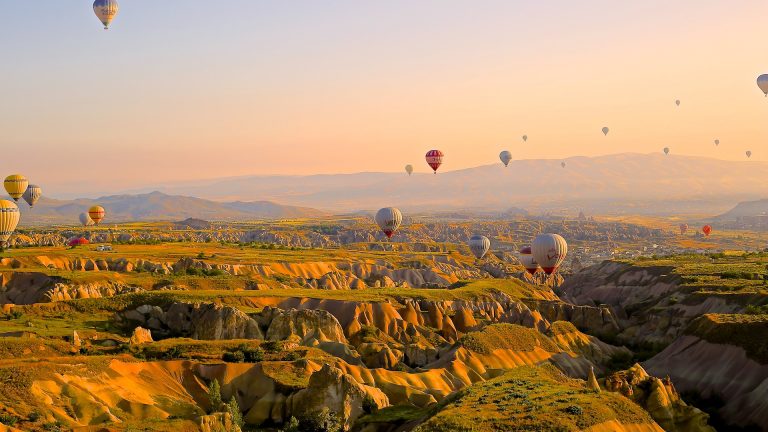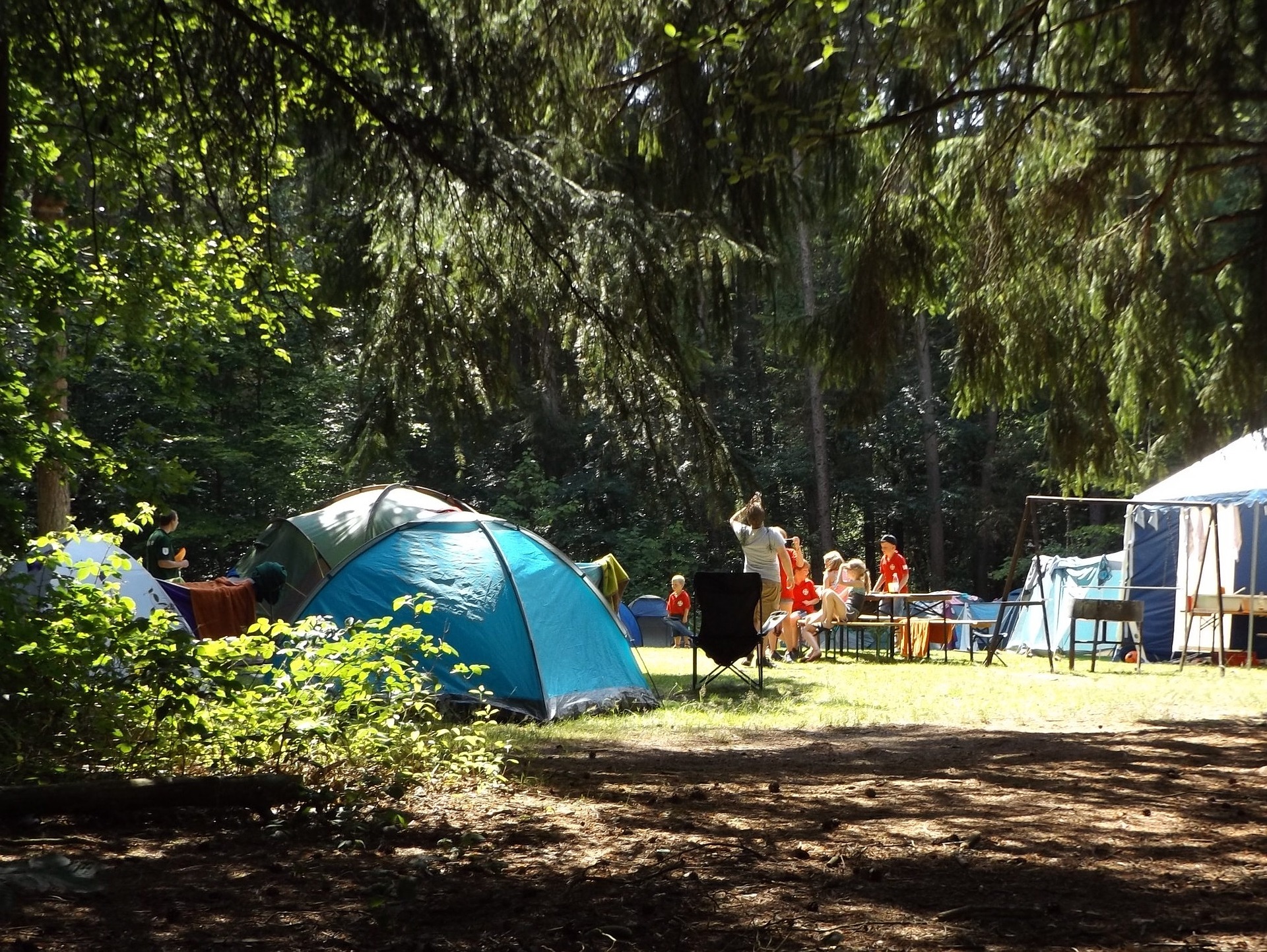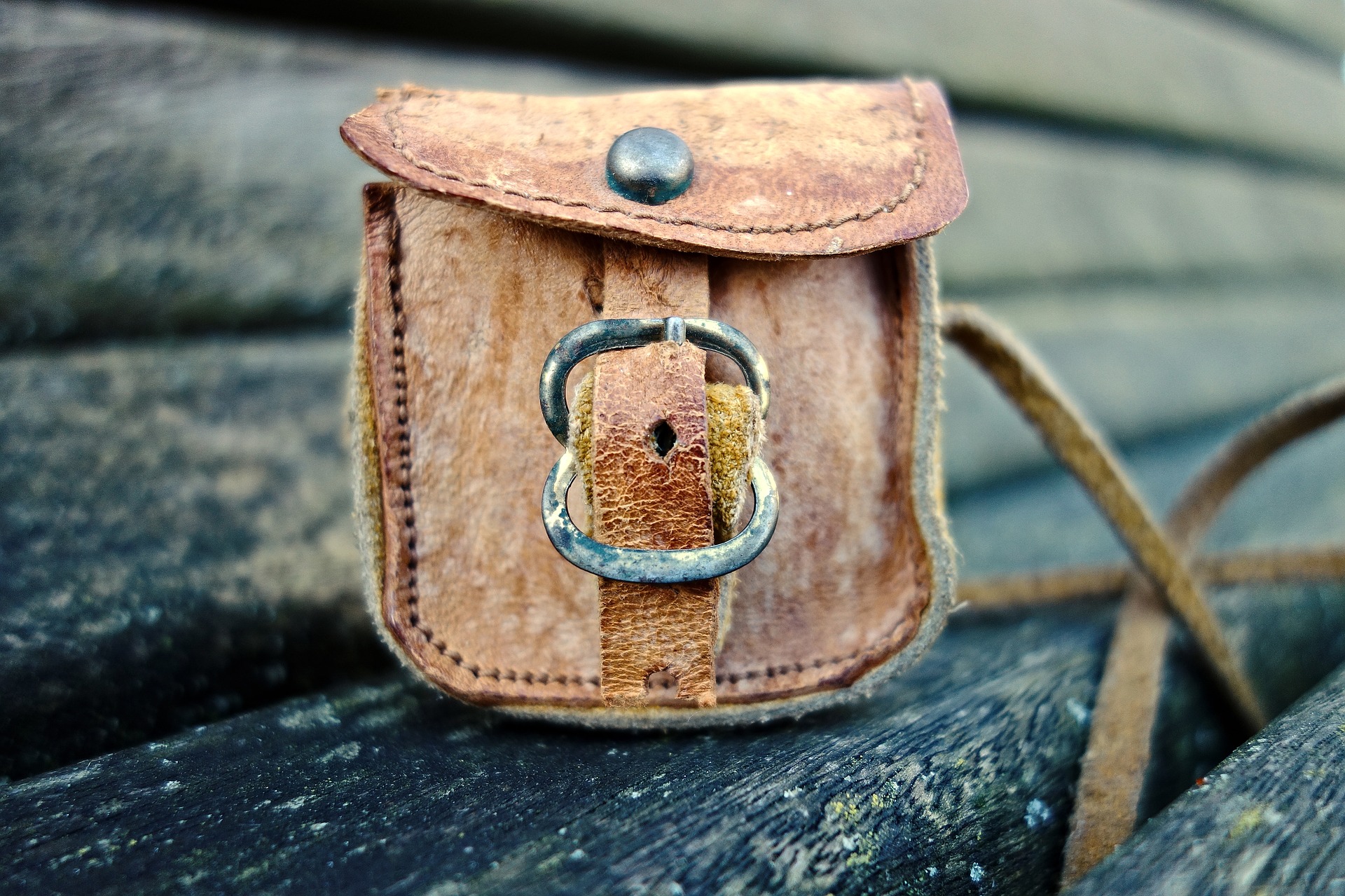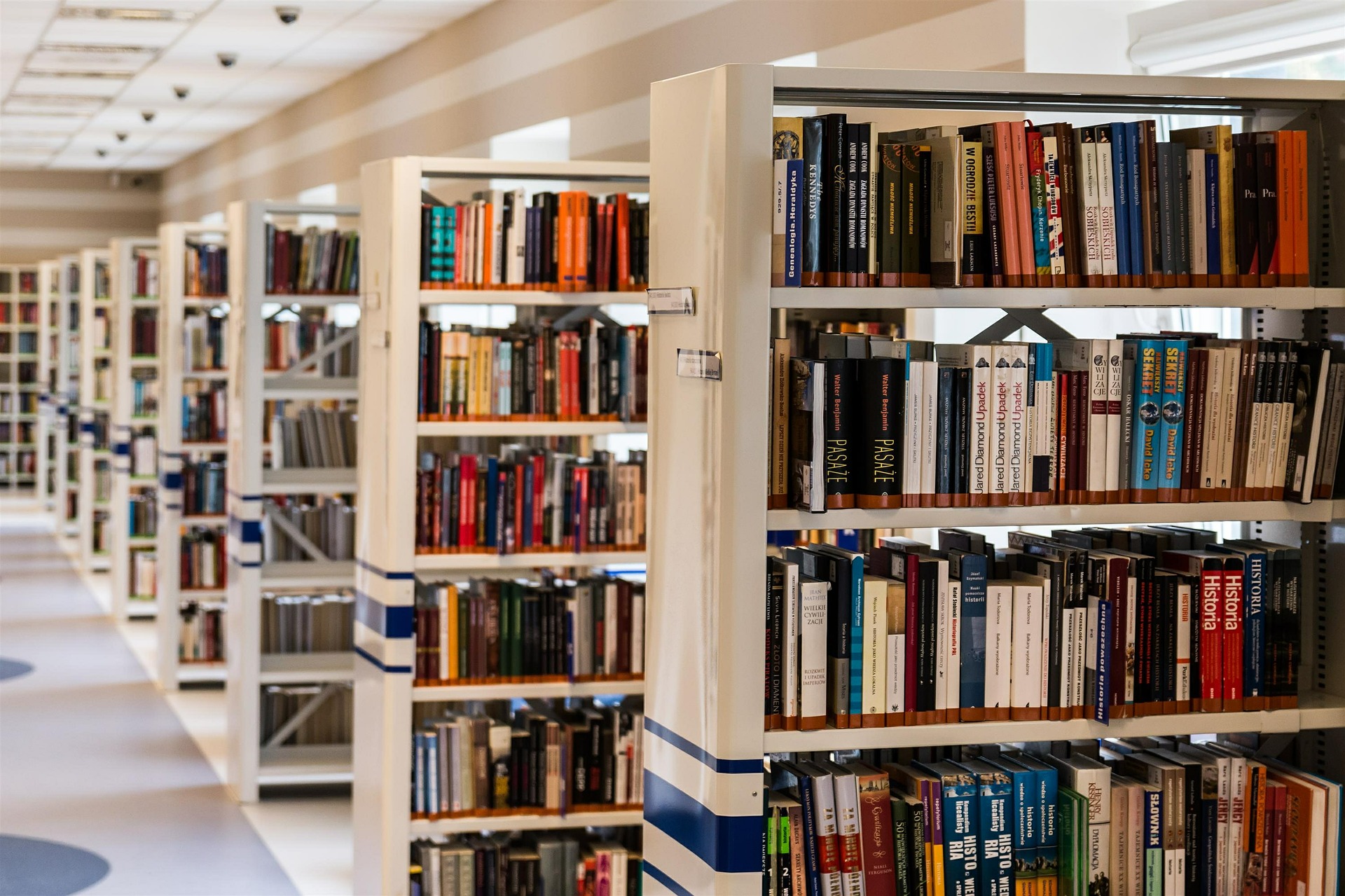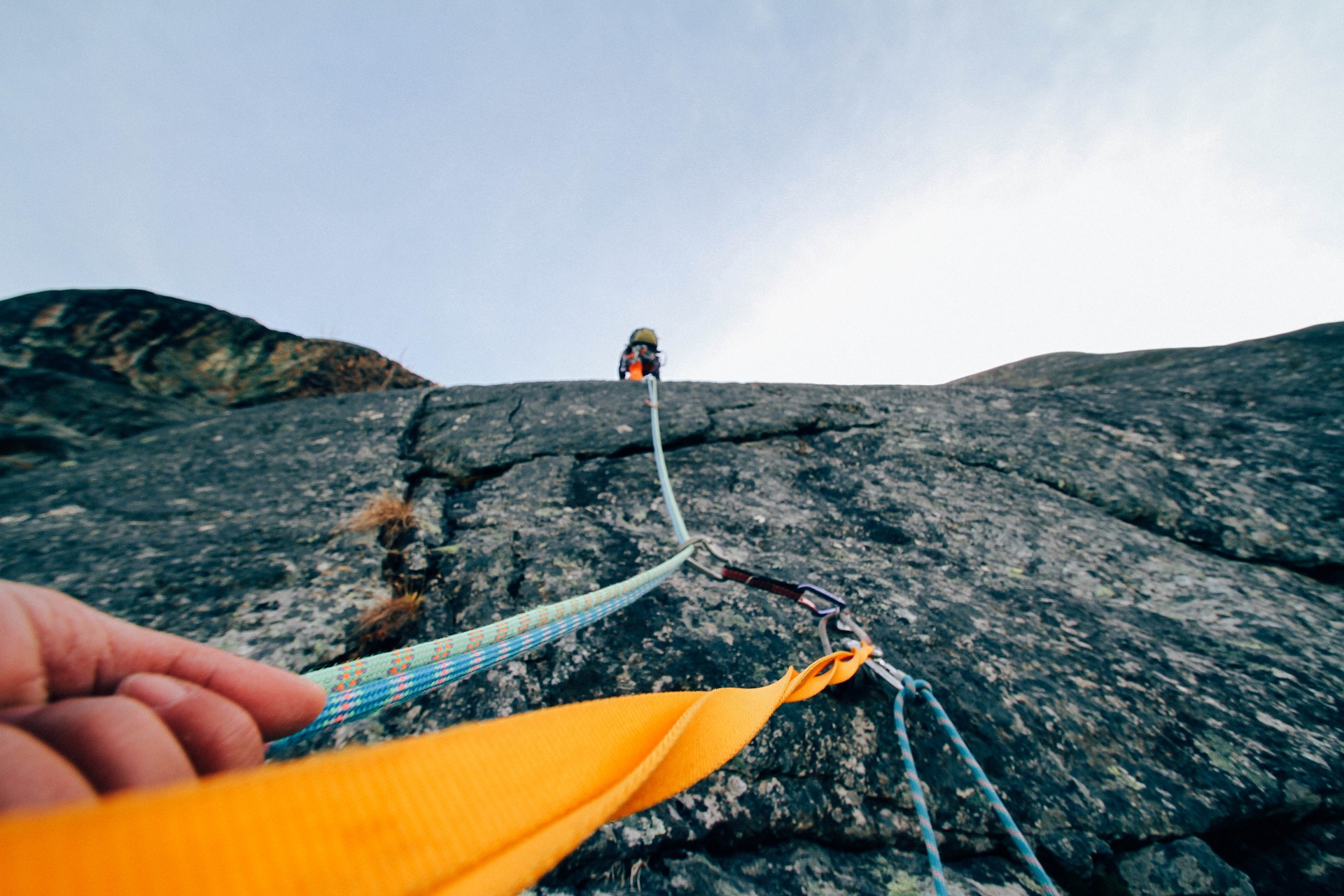I’ll be honest, sometimes the inspiration for new blog posts comes from very unexpected corners. Today’s post is such an example. I first came across slow tourism in a campaign by the Italian government for long-term leases on properties in need of repair and new business. In the bidding process, the authorities wanted to pay close attention to slow tourism as part of the development proposal.
While I was very keen on the idea of leasing a property somewhere in Italy, I had never heard of slow tourism before. So, I did a little digging. It turns out that I had been a slow tourist most of my childhood. And while I will personally go camping again this year in Sweden, slow tourism should be something on any travellers mind.
What is slow tourism?
At the very basics, slow tourism is the connection between slow travel and tourism, and between sustainability and tourism. It’s about taking time to get to places and taking the time to explore those places.
The Italian Association of Slow Tourism puts it like this:
Slow tourism stems from the slow food movement which (also) originated in Italy. Slow food is all about local food and traditional cooking. It’s the antidote to fast food. It’s about taking time to cook and eat. Slow food focuses on sustainable food sources and local businesses and is, therefore, the opposite to uniform global agriculture.
Slow tourism comes hand in hand with other slow movements such as Slow Cities, Slow Money, Slow Education, Slow Schools, Slow Books, Slow Living. The idea which underlies all of these movements is to slow down and reduce the speed of modern life and consumption. It’s about making a connection. Slow tourism doesn’t ask you to visit as many places as possible in a short time span but do the opposite and take your time to explore a place, get to know the locals, and eat local food.
Why should you care?
‘Normal’ tourism plays an important role in many economies around the globe. The problem is, however, that all too often are locals and their environment negatively impacted by crowds of tourists visiting their homes. Just take Venice and Barcelona who have both declared to reduce their number of visitors per year. And there are plenty of more examples of popular destinations who are struggling with the impacts of mass tourism.
Slow tourism, however, is not about Instagram-worthy pictures in the major tourist posts but about the local beauty to be found when you look closely. It’s about experiencing the place you are visiting and choosing slow forms of transport and eating local foods. The journey itself becomes the goal of a trip and not the destination.
The advantage of slow tourism is, journey aside, that it offers the perspective of a local rather than that of a tourist. It’s not about hitting the crowded places and to get the same picture as everyone else there. It’s about seeing a place through the eyes of a local. And it’s about being responsible as a traveller.
Slow tourism offers the possibility to use a variety of forms of transport, from horsecarts to houseboats. The idea is to reduce carbon emissions through slow forms of transport. Tourism itself has a high carbon footprint so slow tourism urges everyone to reduce their prints as much as possible.
How to go about it?
The most important part of slow tourism is to take your time. Stay in one place for at least one week. Travel as local as possible, so no cars or planes and only local buses.
Try to avoid large hotels and rather book in at a small Bed and Breakfast (even Airbnb can be a great option in some places), houses, cottages, apartments. Sometimes you can find small family-run holiday accommodations which are perfect to connect with locals. If at all possible, go for self-contained units.
During your holiday you should try to cook for yourself at least a couple of times and with that explore the local food culture at a market. I know this can be daunting but give it a try. Eating out should be limited to small places. Ask for recommendations of your hosts.
And finally, embrace the unexpected. Become an explorer and be open to new adventures. Stay safe and live like a local for the time you are on holiday.
